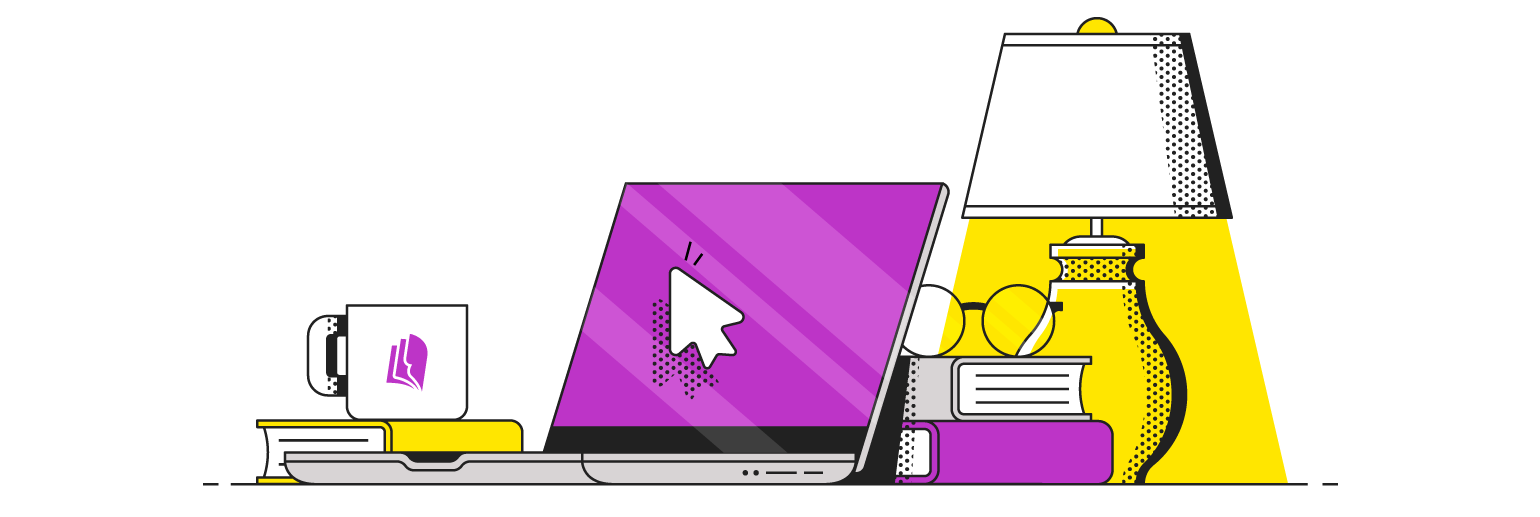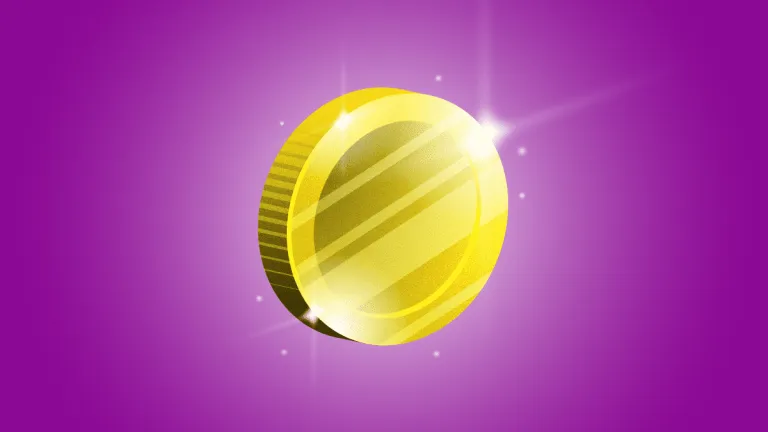Your Book Price for Print and Retail
Book pricing is a critical part of your self-publishing process. Understanding your book price can be complex; there’s a print price, a wholesale price, and a retail price! Factors like shipping costs, printing quality, page count, trim sizes, and retail channels can all impact how to price your book.
I know a lot of authors and I know the topic they are least interested in discussing is money. But you need to understand the cost to publish and print, as well as the optimal price point to sell your book at. Considering costs is one of the first steps when looking for the right book price. If you don’t have a realistic budget, you might struggle to publish profitably.
How Much Does It Cost To Print a Book?
Your cost will vary based on a variety of print options. Paper, binding, ink, and page count all impact pricing. Listing out every variation would be impractical, but you can use Lulu’s book pricing calculator to try different options for your book.
You need to consider how much it costs to ship a book (or multiple books), which our calculator also provides estimates for. While you will sell books online on Lulu’s Bookstore and Amazon, you will also need to sell direct. That means planning for printing and shipping costs.
How Is a Book Price Determined?
The average retail cost of a paperback book with about 200 pages ranges from $9.99 to $18.99. It’s important to recognize that this price range includes traditionally published and self-published books and holds true for fiction and non-fiction titles.
Lulu’s paperback price is based on the print cost. This is true for all of our trim sizes—there are no fees or set-up costs. The retail price (also called the list price) is a composite of the print cost, shipping, and the revenue amount you set.
Print Book Pricing Formula
The print cost for your book is the cost to print. Lulu printing costs (plus shipping) are also the amount you’ll always pay to buy your own books.
If you create a standard US Trade paperback with 200 pages, it will cost $5.54 to print. Factors like page count and full-color printing will alter the price. That’s why it’s always important to start with the pricing calculator to determine exactly how much printing your book will cost.
You need a firm understanding of the print options you’ll select and the printing costs those options will incur to determine the print cost and develop your retail pricing strategy.
Retail Book Pricing Formula
If you’re a new or aspiring author, you’ve almost certainly wondered, how much do authors make when they sell their books? Book sales are always important, but since most of us won’t be hitting John Grisham’s levels of sales, the retail price we charge will be very important.
Using the example above of a US Trade book costing $5.54, you could set your retail price at $11.99. The difference ($6.45) is your revenue. On the Lulu Bookstore, you’d earn 80% of that (the remaining 20% is Lulu’s share).
Retail channels (like Amazon or Barnes & Noble) are wholesale businesses and will charge a flat amount on top of your retail price. Be sure to pay careful attention to different pricing structures to ensure you earn the royalties you deserve for each book sale.
How Much Should My Book Cost?
Good news, there are several strategies to determine your book’s price. If you’re aiming to maximize sales, you’d want to price it as low as you can to entice readers with a good price. If you are selling to a niche audience, you would likely price it higher to maximize earnings on a smaller number of sales.
But it will be up to you to determine exactly how much your book costs for readers to purchase. I recommend starting with this pricing list from the School Library Journal:
It’s slightly outdated now but gives you a good starting place to think about the average price readers expect to pay. Take advantage of this, either by undercutting the average to drive sales or going a little higher if you’ve got dedicated readers.
How Much Do Authors Make per Book?
For most self-publishing platforms, you’ll earn 50-80% of the revenue (with the rest going to the publishing platform). For example, if you publish a book with Lulu and sell it in our Bookstore, you’ll keep 80% of the revenue from each sale. That leads to another question: how do I know how much to sell my book for?
Luckily, you can work back from the print cost alone to determine your price and understand your revenue. Since self-publishing doesn’t have any overhead costs, you’ll just need to consider the print cost. If your book costs $5 to print and you charge $10 to buy it, you’ll make $4 for each sale (using the Lulu Bookstore revenue model).
The basic formula is this:
Print Cost + (Revenue – Retail Cut) = Net Revenue
It’s important to note other factors that can impact your earnings too. For example, if you use Global Distribution to make your book available on Amazon and Barnes & Noble, you’ll have to use their wholesale pricing strategy, which includes an additional markup. And if you sell directly through your own website using Lulu Direct, you’ll avoid any retailer cut and keep 100% of the revenue.
Finally, you should know the standard shipping costs. While that cost is on top of the retail price and doesn’t directly affect your revenue, it is an additional cost to the reader. So be conscious of the true purchase price of your books (retail cost + shipping) when pricing your book.

Your Free Lulu Account
Create a Lulu Account today to print and publish your book for readers all around the world
Maximum Formats
Most books will launch in three formats: Paperback, Hardcover, and Ebook. Diversity creates options. To maximize books sold, you should always publish your book in the formats your readers want.
There’s no supply chain or publishing industry gatekeeper to inhibit your author’s earning potential. While a traditionally published author is at the mercy of their publisher, you can set your price to match your needs. And nothing is stopping you from adjusting that retail price to bolster your author income!
Simplify the Complex
The short version is simply this: investigate and understand pricing thoroughly. Don’t make the mistake of writing a book and publishing a single paperback book to sell on Amazon.
Do what’s best for you, your book, and your author brand. But above all, educate yourself about the options you have available. That includes a thorough understanding of how book pricing is determined and how your author’s revenue factors into the pricing structure.




